Wars inevitably bring destruction and suffering. They have tragic dimensions. Gaza too has suffered tragedies that have drawn the attention of the international media and many whose hearts are moved by images of Gazans in distress. Many people have died as a result of the fighting in Gaza —among them numerous Hamas terrorists, but also civilians due to Hamas’s use of them as human shields. Beyond this, Gaza’s masses are focused on ensuring their ability to feed their families given the problems with distributing the food that enters the Strip. Medical services are also difficult to operate. Large numbers of Gazans have had to leave their homes for areas outside of combat zones after receiving instructions to do so from the IDF. Many of their homes have been damaged or destroyed due to operational demands — especially as weapons and shafts leading to Hamas’s elaborate tunnel network are to be found in almost every home.
Pockets of hunger also exist in Gaza. Humanitarian aid fails to reach everyone, as Hamas seizes most of it to supply its operatives and sells the remainder at inflated prices to finance salaries and other needs of the terrorist organization. Food is also a means to recruit new operatives. Hamas behaves much like warlords in disaster zones reliant on humanitarian aid where those with weapons rarely go hungry. Hamas, like its counterparts in Islamist and totalitarian groups, does not spare its own civilians and is willing to sacrifice them in pursuit of its maximalist political goals.
The world sees the suffering of Gazans and rushes to criticize Israel. Many forget — or choose to ignore — that Hamas initiated this war with the atrocities it committed on October 7. Moreover, Gazans — who are indeed unfortunate — receive the world’s empathy and compassion, even though most voted for Hamas in the 2006 Palestinian Authority elections (no elections have been held since). Despite Hamas’s tyrannical rule and its attempt to impose an extreme religious way of life, no significant signs of rebellion by Gazans has been observed. For years, polls have shown broad popular support for Hamas. This places moral responsibility for Gaza’s tragedy squarely on Hamas and on Gazans who supported, and still support, the murderous organization — some of whom participated joyfully in the atrocities of October 7.
The Swords of Iron war is primarily intended to prevent further suffering for Israelis, who have long been Hamas’s target—especially since the organization’s takeover of Gaza in 2007. Protecting its citizens is the state’s foremost moral obligation, and that requires destroying Hamas’s military capabilities. While Israel cannot prevent Palestinians sympathizing with Hamas, it can weaken the terrorist organization’s capability to harm Israel. Therefore, Israel must focus its actions on harming Hamas while trying to alleviate as much as possible the suffering of non-combat. The order of priorities must be clear and sometimes that justifies actions that are harmful to Gazans in order to ensure that Hamas can no longer endanger Israel.
Leaving Hamas armed in Gaza will not only perpetuate the threat to Israel’s residents. The survival of Hamas rule would be a victory for the most extreme axis operating against Israel, the Muqawama, which continues to fight against the very existence of a Jewish state. It would also constitute a victory for the Islamists that would be all the more significant after the damage inflicted on the nuclear project of the Islamic Republic of Iran. While most Western countries and many Arab countries call for Hamas’s disarmament and the return of all hostages as part of a settlement to end the war, in practice they expect Israel to end the war without these conditions being met —ostensibly out of concern for Gaza’s civilians. Some even take hostile political measures against Israel and threaten it with sanctions if it refuses to comply with their demands. This policy hardens Hamas’s stance in negotiations, makes a settlement more elusive, and ultimately helps entrench Hamas in Gaza—posing a danger not only to Israel’s neighbors in the Middle East and the Eastern Mediterranean, but to the entire West.
Those advocating the demilitarization of the Gaza Strip, including Western countries and moderate Arab states, understand that Hamas will not disarm voluntarily, similar to Hezbollah in Lebanon. The only country prepared to use military force to compel Hamas to surrender its weapons is Israel. Yet, part of the world, either out of folly or hypocrisy, is working to obstruct Israel’s intention to finish the job.
Focusing on the suffering of Gazans is understandable but ignores an uncomfortable truth — the educational function of tragedy and pain. A small child often learns through personal experience not to touch an open flame. The same principle applies to nations. Germany endured crushing defeats in two world wars before abandoning its militaristic nature and expansionist ambitions. Japan became less belligerent only after the nuclear bombings of Hiroshima and Nagasaki, which claimed hundreds of thousands of lives.
Yet, the Palestinians’ sensitivity to pain appears to be limited. They remember their own tragedies —the Nakba and the Naksa —but it is far from clear that they have relinquished the dream of eliminating the State of Israel. Their learning curve in relation to Israel is not impressive. Some attribute the relative quiet in Judea and Samaria to the memory of the heavy price West Bankers paid during Operation Defensive Shield, which began in 2002 and lasted at least three years. Gaza was not subjected to similar treatment at the time and perhaps this is one factor explaining the extremism toward Israel that remains so prevalent there.
Perhaps the price Gazans are paying for the war launched by their representative, Hamas, will positively affect the Palestinians’ capacity to learn. Another tragedy in their Sisyphean struggle against Israel might moderate their aspirations. Even the discussion about voluntary emigration from Gaza to make way for a “Riviera” could introduce a measure of pragmatism into a political culture steeped in radicalism.
Since October 7, Gaza has paid a steep price — one that is of course also useful for Israeli deterrence. More in the region now understand that attacking Israel can be costly. Most Israelis are confident in the moral legitimacy of the road taken. Public debates are focused on priorities —victory or the release of the hostages. Even Hamas’s successful “starvation” campaign has not shaken public faith in the IDF’s adherence to moral conduct. Continuing the war carries costs in the international arena, where understanding of the complexities of the conflict with the Palestinians is limited and biased against Israel.
Ultimately, Israel exists in the Middle East —a conflict-ridden region— where the use of force is part of every leader’s toolkit and, unlike in Europe, it commands understanding and appreciation. Since the war began, Israel has achieved notable successes. Yet it must remember that while it is a strong country, it is a small one and its freedom of action is not without limits.
JISS Policy Papers are published through the generosity of the Greg Rosshandler Family.






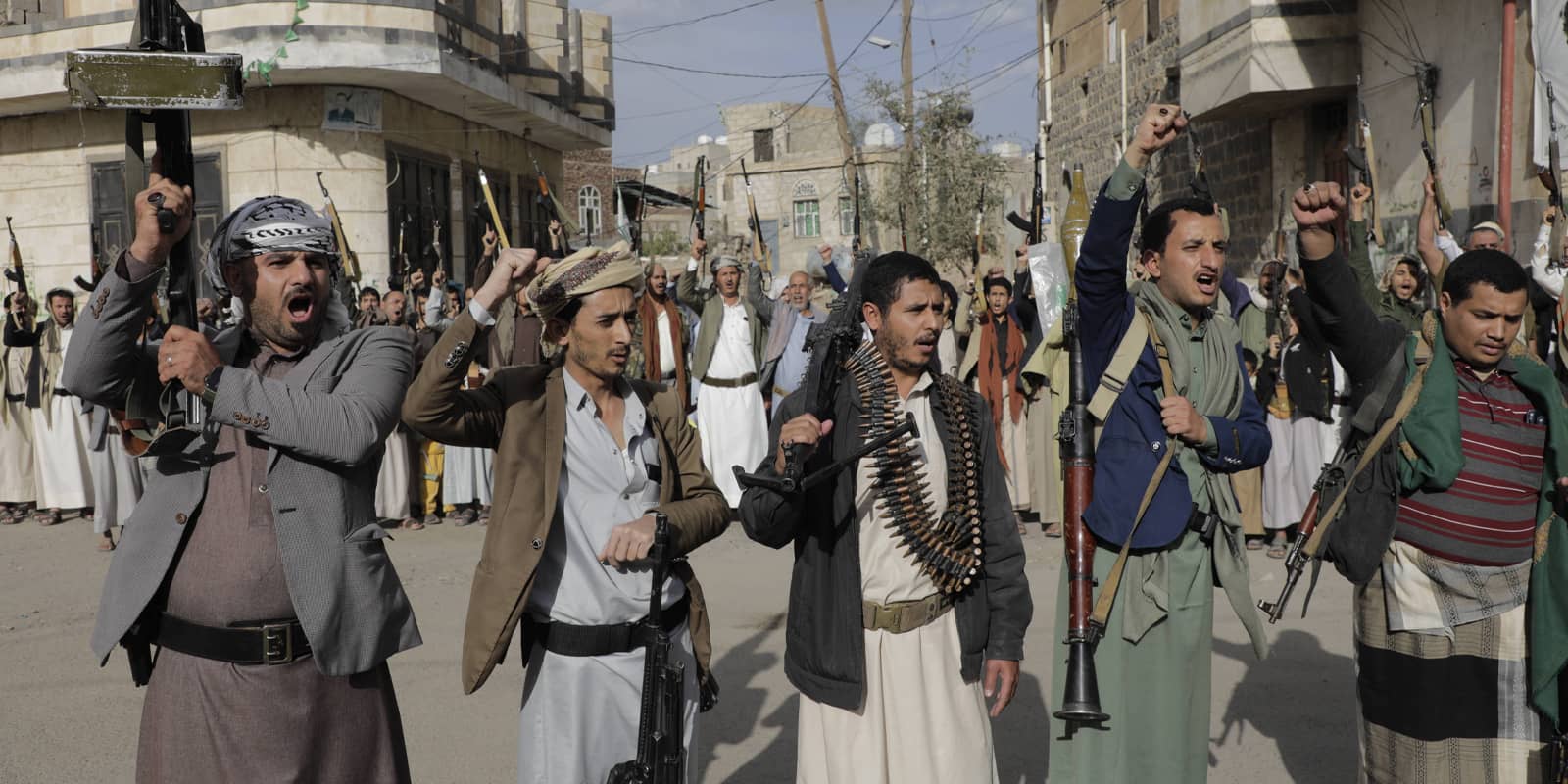
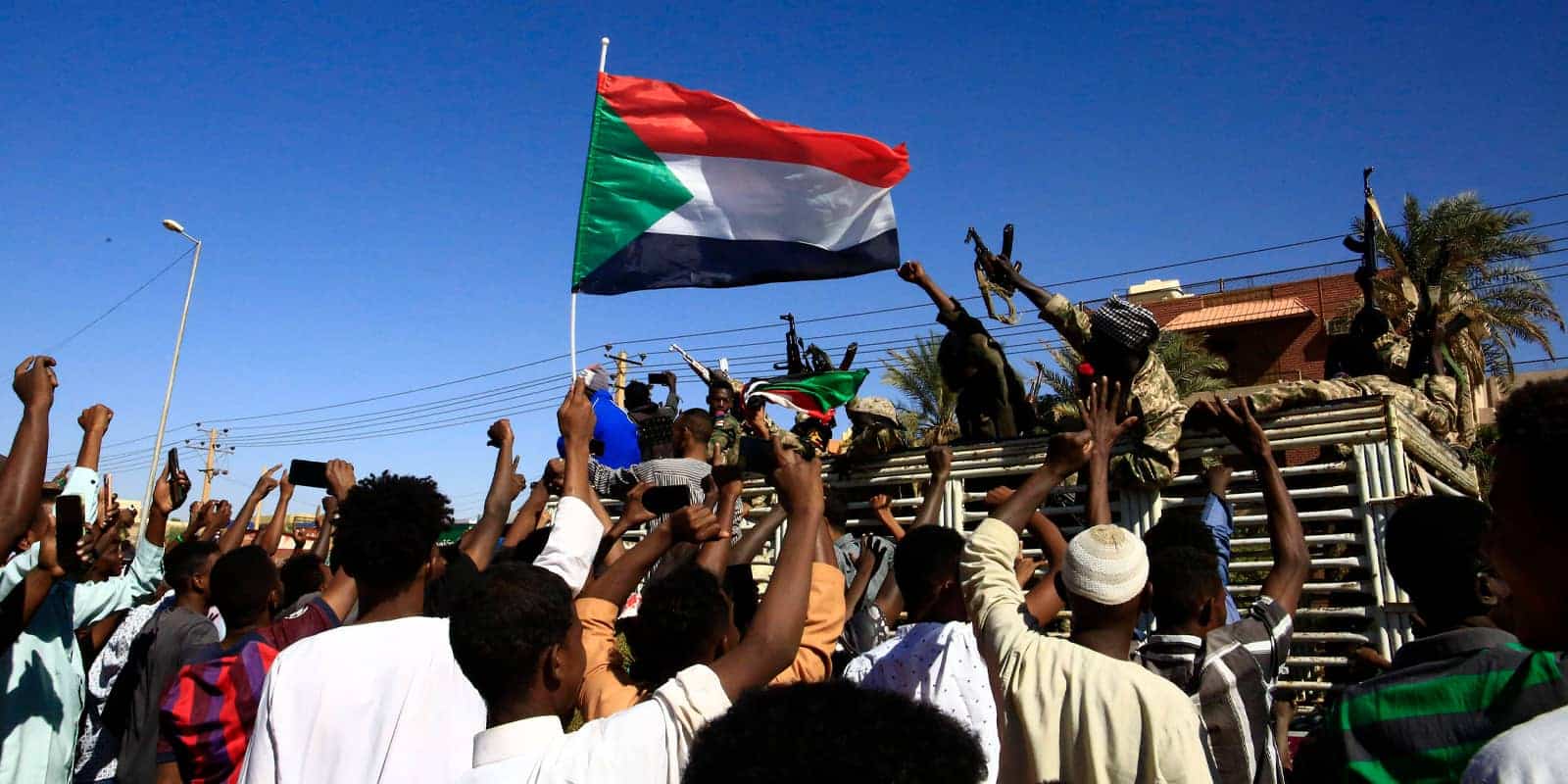
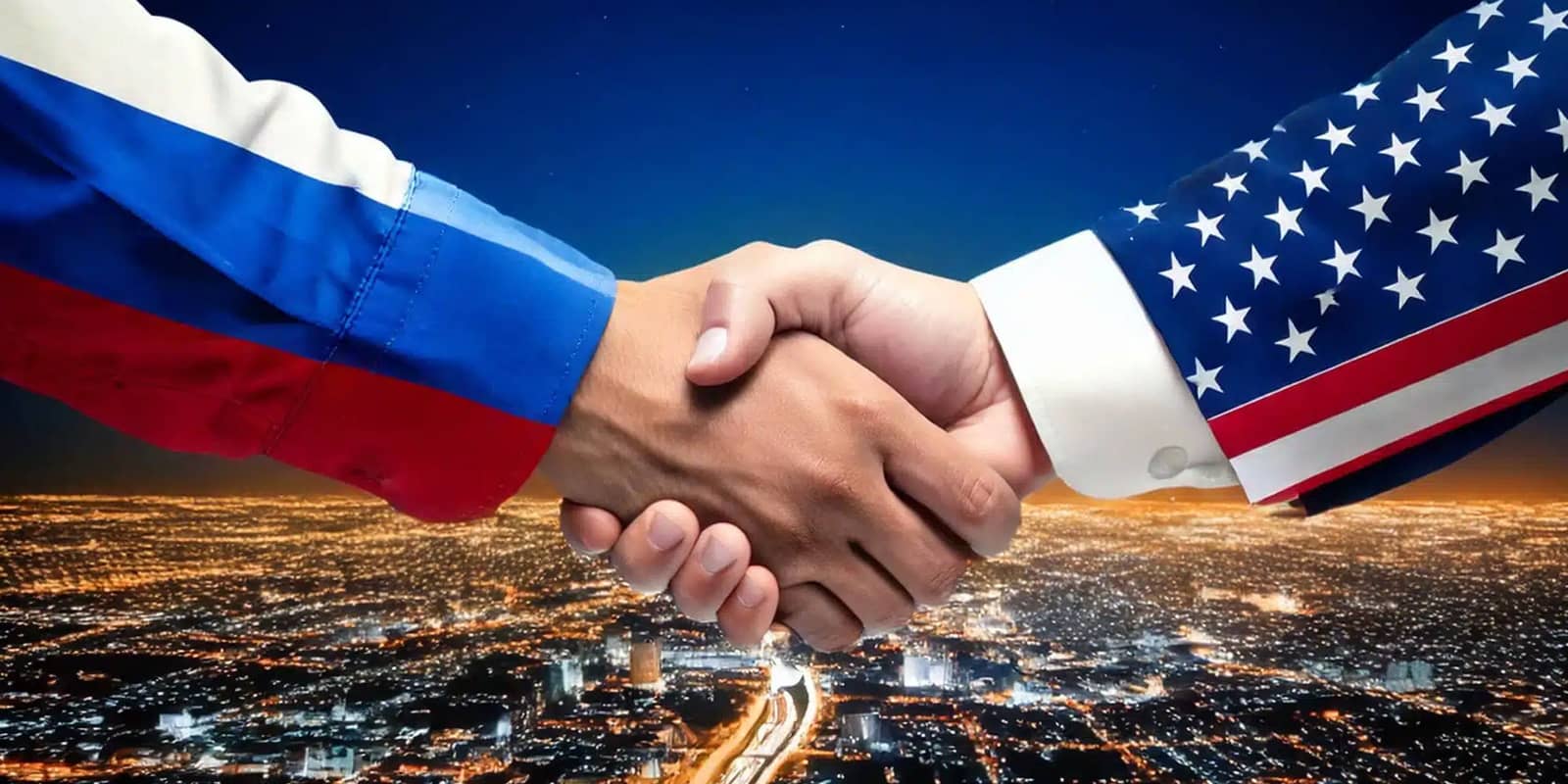
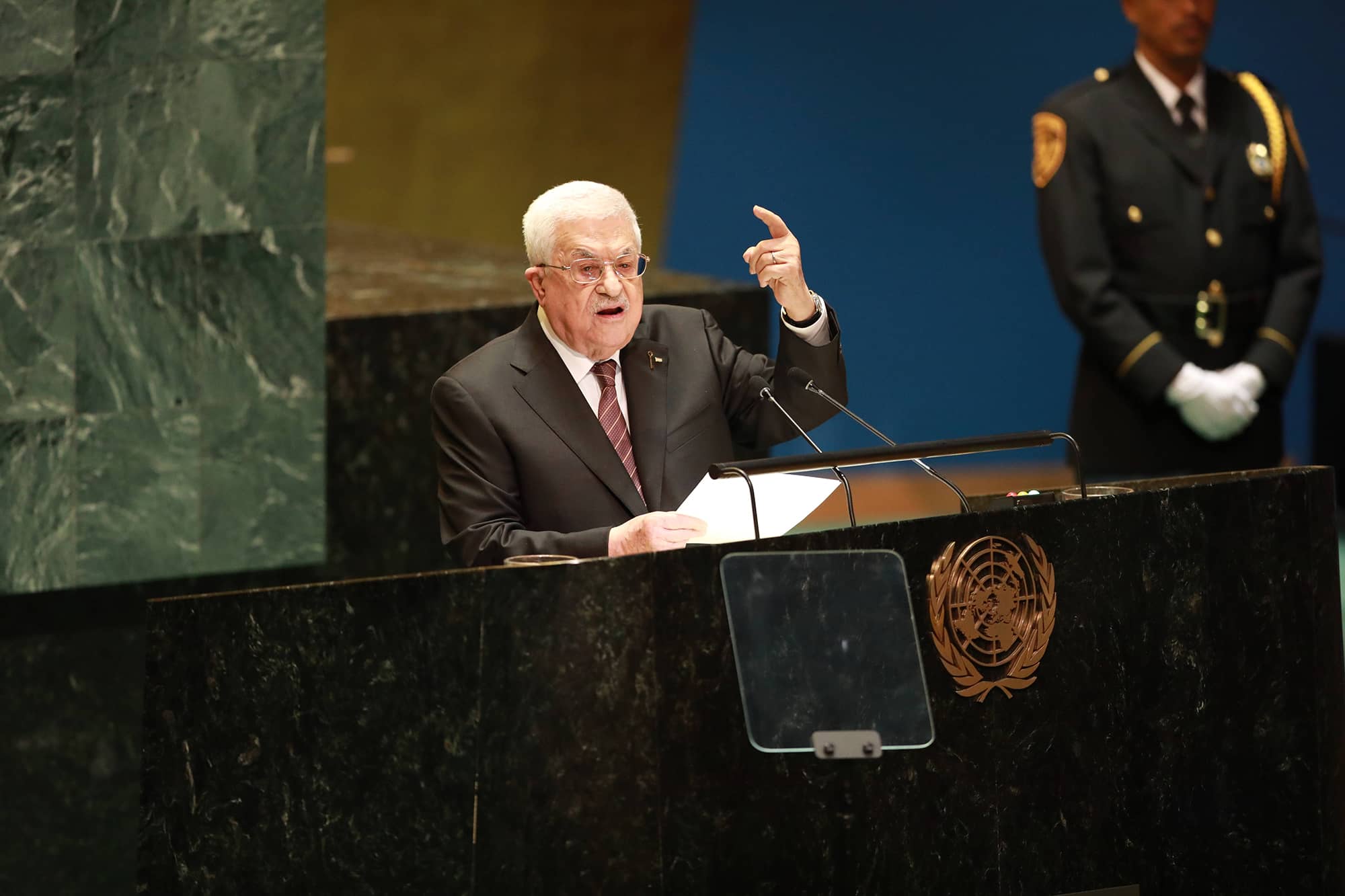
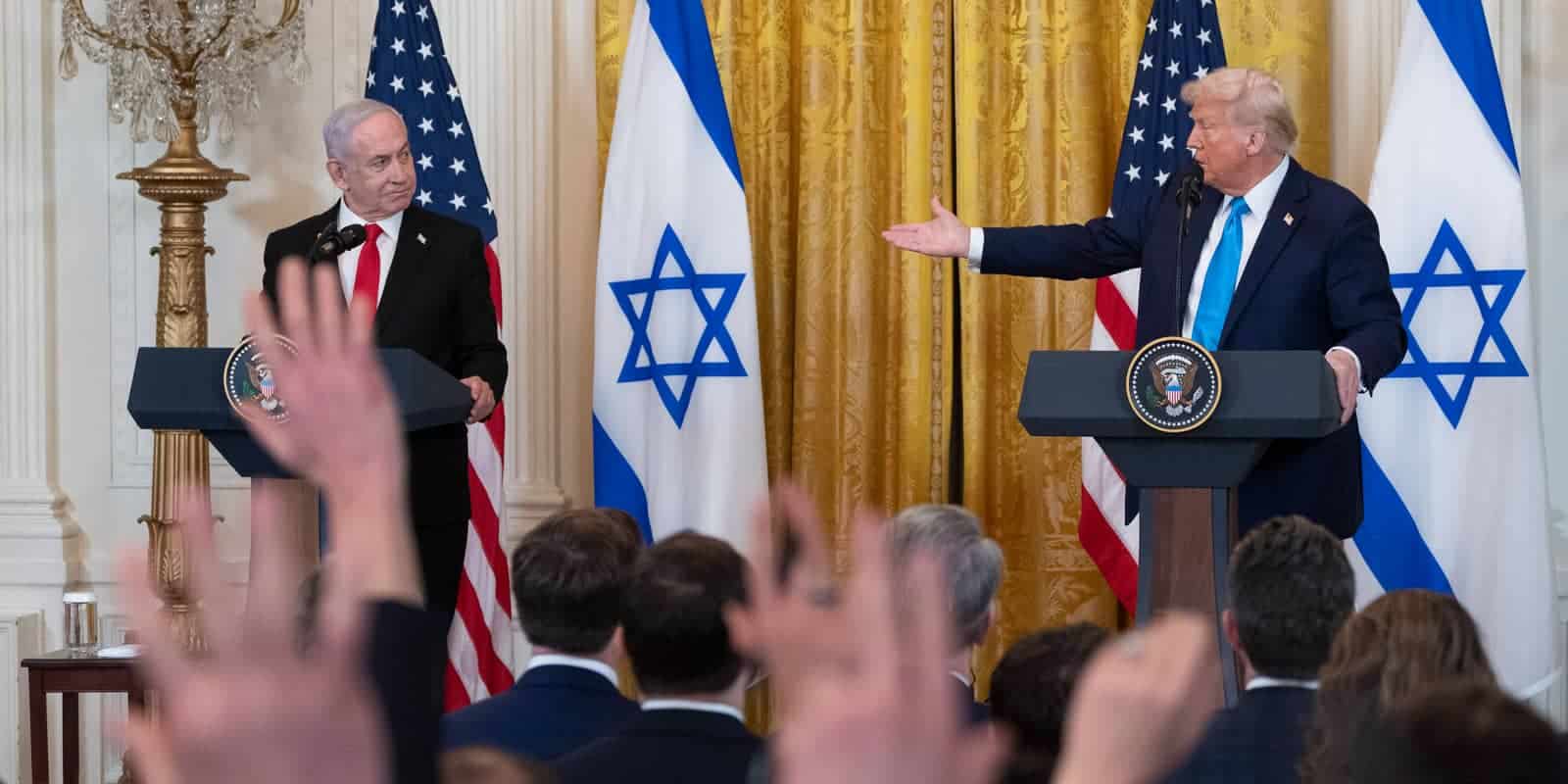

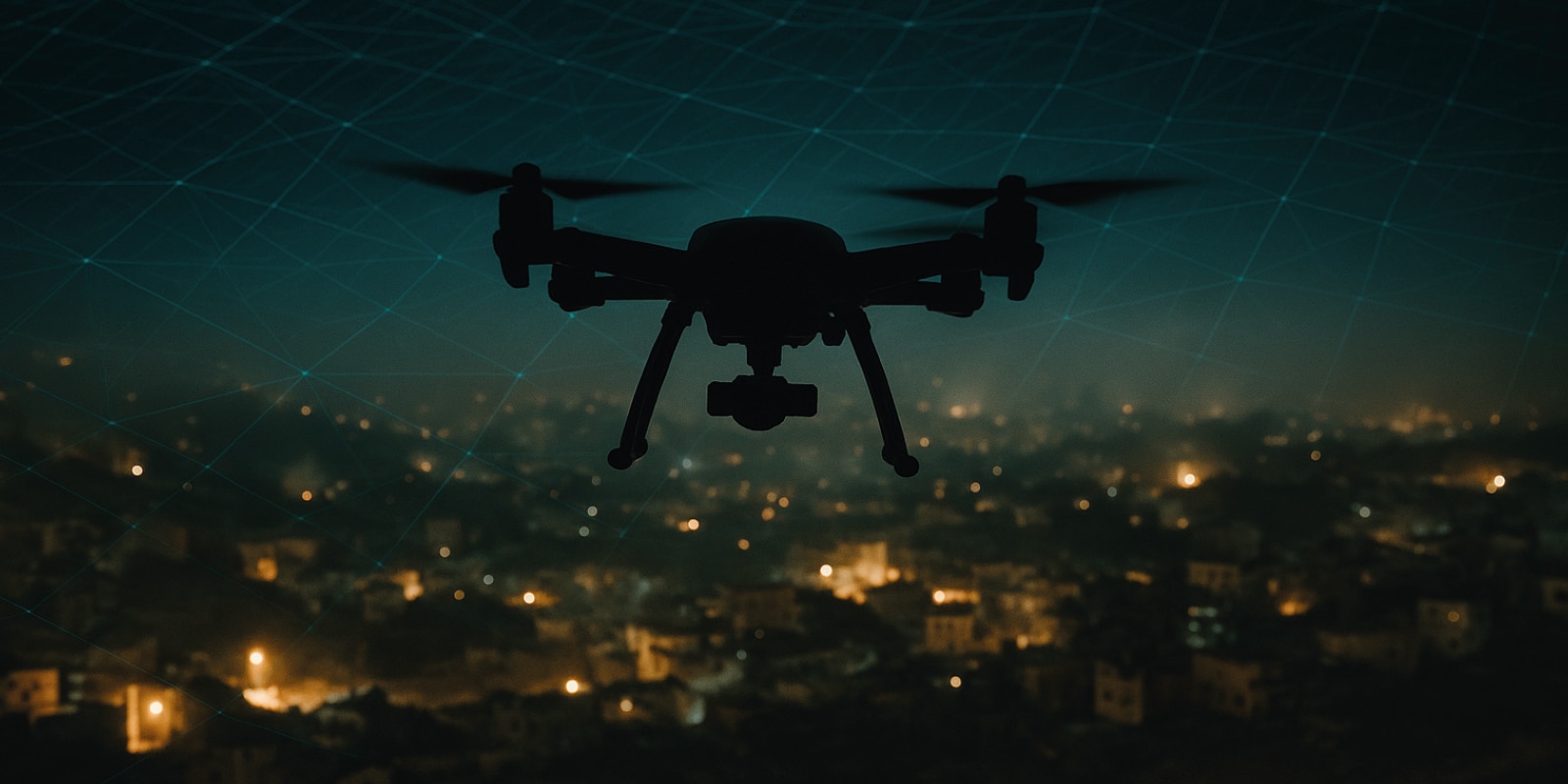
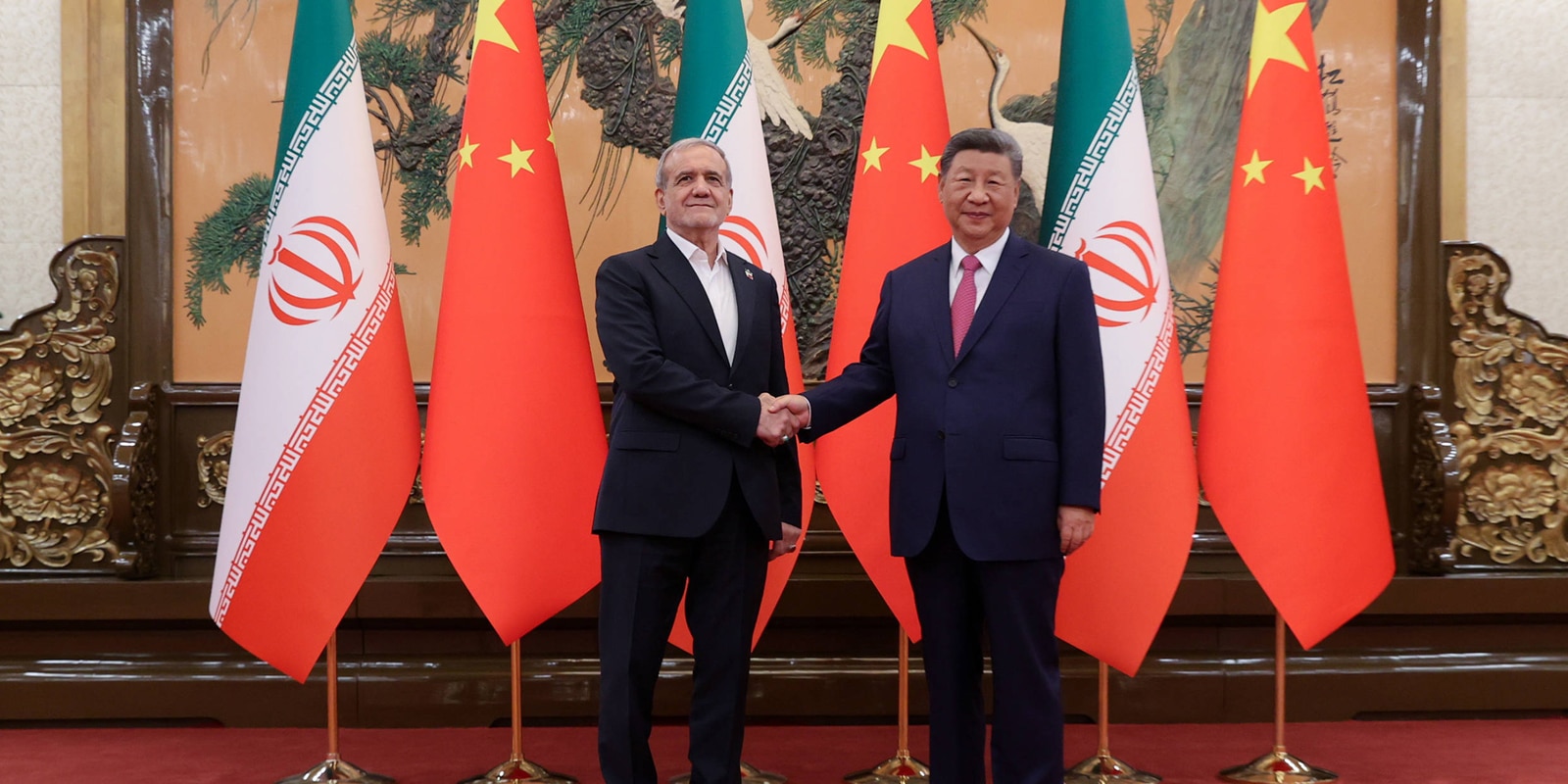

Disarm Hamas or Face a Partitioned Gaza